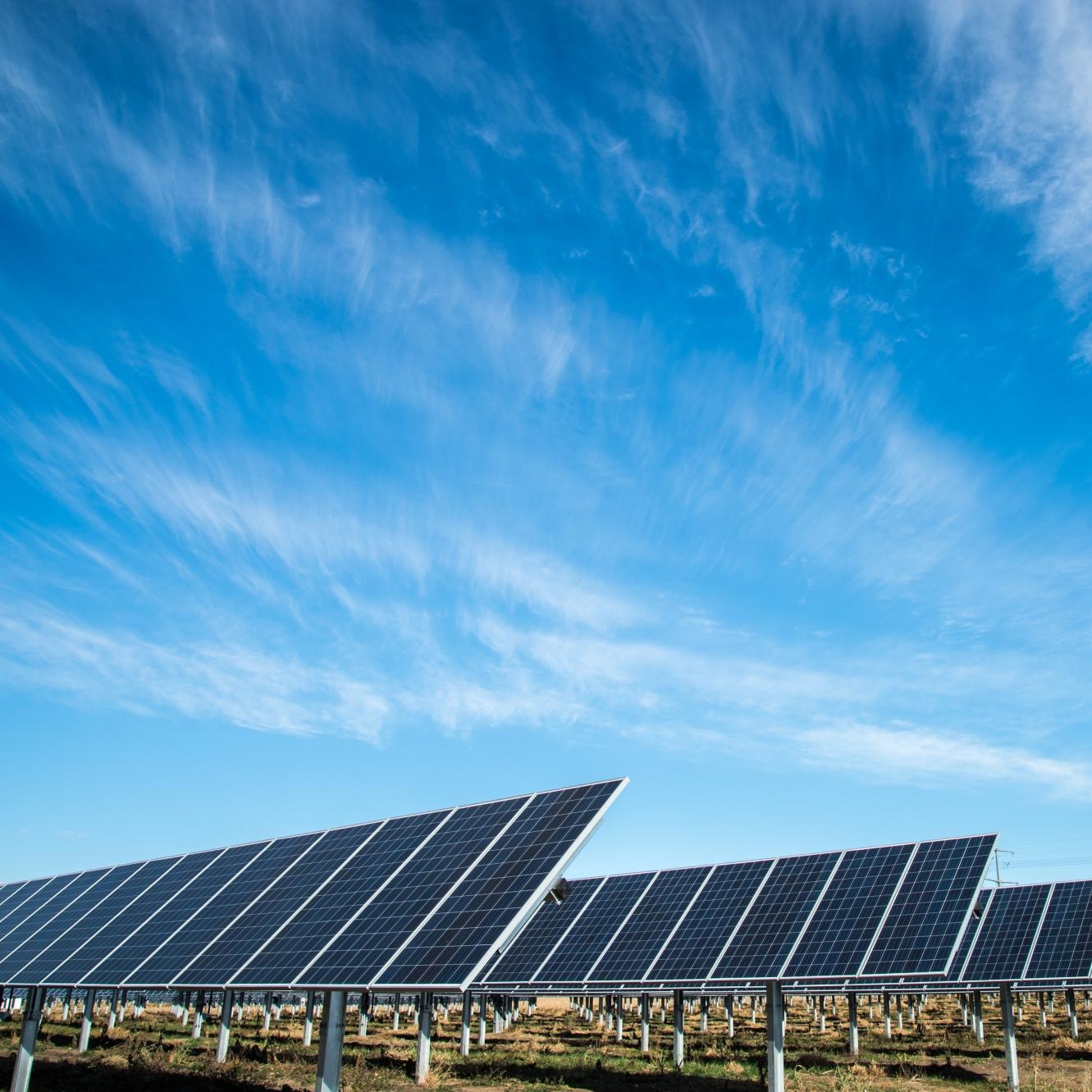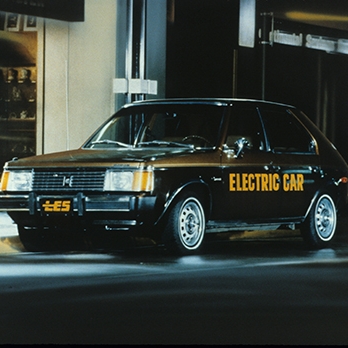We’re proud of the culture of sustainability we’ve created while serving the Lincoln area. It's part of why we stand tall within the industry, and it's only just begun. We started promoting conservation and energy efficiency back in the early 1970s, and we’ve continued to provide programs and partnerships that empower you to become a smart energy consumer. As a public power utility, we strive to make decisions that align with the values of those we serve, balancing high standards of reliability and cost-effectiveness with sustainability.
Learn about our sustainability initiatives
Take part in LES' Sustainability Series activities & events
2023 sustainability initiatives - report to LES Administrative Board





















